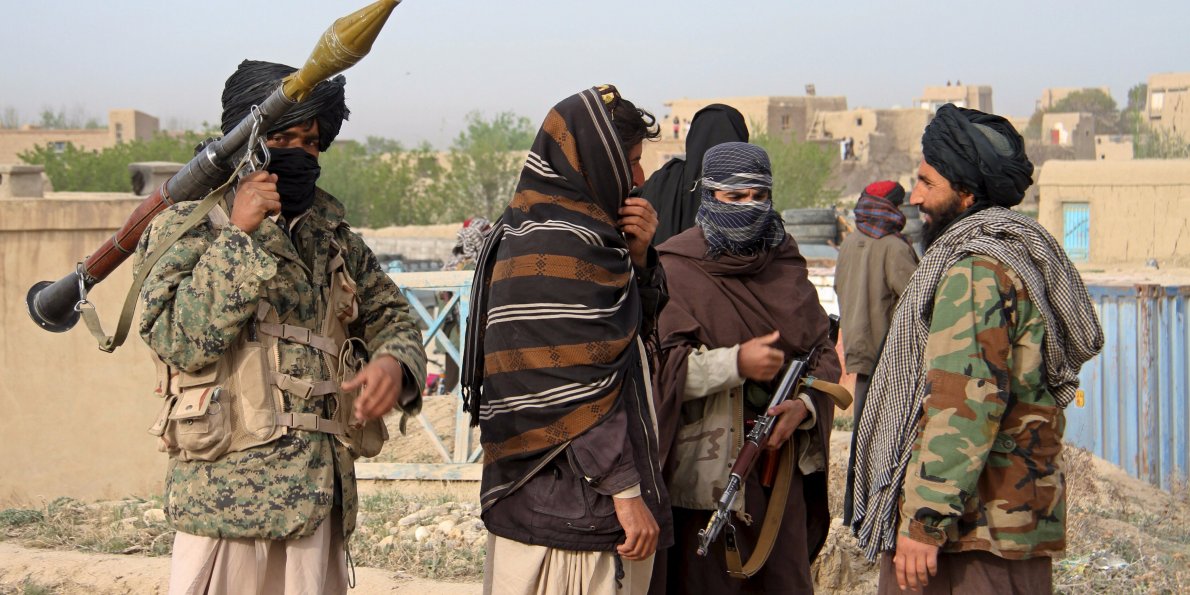Taliban Gains Khanabad in Afghanistan's Kunduz

NEW DELHI: The Taliban has taken control of over five districts in the northern Afghan province of Kunduz, including the strategically important Khanabad, which connects Kunduz to Takhar and other northern provinces.
"The Taliban attacked the district from different positions and we resisted for hours but we received no support. The district fell to the Taliban," Hayatullah Amiri, the Khanabad chief, told Reuters.
The gains come just five days after the Taliban captured a district in neighbouring Baghlan province. Fighters launched an attack on Dahana-e-Ghori on August 12, with heavy clashes that followed resulting in the Taliban gaining control of the district on August 15.
Kunduz, specifically, has been repeatedly targeted by the Taliban ever since it first fell to the militant group in September last year.
The upswing in violence and the gains by the Taliban come as civilian casualties reach another record high in Afghanistan. In the first six months of this year, 5,166 civilians were either killed or maimed in Afghanistan, a half-year record since counting began in 2009, a United Nations report published last week shows.
Between January and June this year, the human rights team of the UN Assistance Mission in Afghanistan (UNAMA) documented 1,601 civilian deaths and 3,565 injured civilians, an increase of four per cent in the total number of casualties compared to the first six months of 2015, according to the report, titled 'Afghanistan Midyear Report 2016; Protection of Civilians in Armed Conflict.'
The total civilian casualty figure recorded by the UN since 1 January 2009 through 30 June 2016 has risen to 63,934, including 22,941 deaths and 40,993 injured.
“The testimony of victims and their families brings into agonizing focus the tragedy of each one of the 63,934 people killed or maimed by this protracted conflict since 2009,” said UN High Commissioner for Human Rights Zeid Ra'ad Al Hussein in a press release.
This year's casualties include 1,509 children, 388 dead and 1,121 injured, a figure Zeid described as “alarming and shameful,” particularly as it represents the highest numbers of children killed or wounded in a six-month period since counting began in 2009.
There were also 507 women casualties, 130 killed and 377 injured.
The figures are conservative – almost certainly underestimated – given the strict methodology employed in their documentation and in determining the civilian status of those affected.
It is worth noting that civilian casualties have risen to record levels every year for seven years.
The developments represent a worsening security situation in Afghanistan, as a gradual rollback of international troops leaves the Afghan security forces largely in the frontline.
An attempt at bringing the Taliban to the negotiating table has repeatedly faltered, with Pakistan recently expressing its desire to revive the peace process. Sartaj Aziz, the foreign policy adviser to Pakistan’s Prime Minister Nawaz Sharif, told reporters last week that the peace talks -- which were scuttled in 2015 by news of Taliban leader Mullah Omar’s death and subsequently by Mullah Mansoor's death in 2016 -- could resume in the coming weeks.
Afghanistan, however, has maintained that the talks are unlikely. Dawa Khan Menapal, a deputy spokesperson for Afghan President Ashraf Ghani, said that Pakistan’s commitment to the process remained a question mark. Afghans have long blamed Pakistan for aiding and sponsoring terror across the border, with relations between the two countries repeatedly hitting a new low because of the same. "Pakistan needs to act on the promises it made in the quadrilateral meetings. Unless and until that happens, we will continue to pursue our current stand in regards to peace talks," Menapal said.
The last meeting on the peace process was held in May, involving Pakistan, Afghanistan, the United States and China. The Taliban refused to join.



